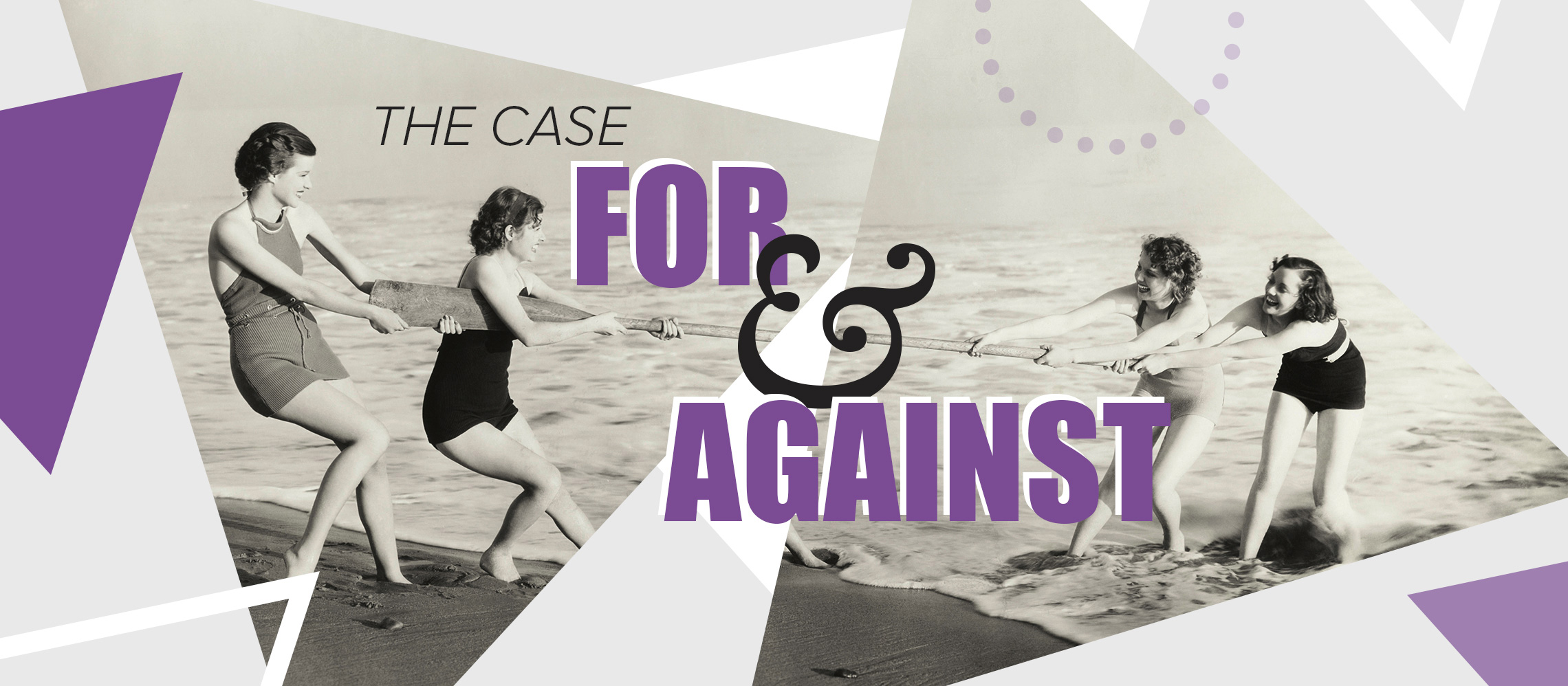Whether or not you should make use of handouts is a contentious topic within the presentation community. There are those that advocate their use as a value-add, while a good number of presenters staunchly reject them outright as a threat to the integrity of their presentations.
Should you ever use presentation handouts?
In this post, we’ll investigate the reasons why people use them and the potential ways that they add value, but consider the rationale behind those who avoid using handouts at all costs. We’ve analysed the key arguments for and against in a balanced way below.
Are they a relic from a darker time for presentations, or a feature that retains merit for post-talk information and communication? Let’s find out.
Arguments for using handouts in your presentations

1.) They reinforce your points and serve as a reminder
A common assertion is that handouts are useful because they aid retention and recall of the information you presented. Your audience can take your core material away with them, review it in their own time and even refer back to it later. This keeps engagement with your presentation material going long after you’ve finished speaking.
2.) They allow for more detail and elaboration
Presentations aren’t the place to exhaustively comb through every detail; you should be focused on delivering the main headlines in an exciting and engaging way. But if you do want to provide further information and give full picture without overloading your audience, presentation handouts can be a good way of doing this.
They allow for detailed breakdowns of the core information you delivered in your presentation. You can use them to elaborate on technical information, timelines and quantitative data – which can even be useful to cover your back during internal company presentations as you’ll have provided all the necessary supplementary detail.
3.) They can strengthen your call to action
The best calls to action make it as easy for the audience to complete the desired steps. Using handouts in presentations can prove an effective way of giving your audience all the information that they need, making follow up as simple as possible.
You can use handouts as leave-behinds for client-facing and sales presentations, thereby giving prospects the resources they need to contact you should they need to (they’ll probably have to discuss purchasing decisions with other stakeholders first).
Arguments against using handouts in your presentations

1.) They serve as a distraction
Many who oppose the use of presentation handouts suggest that they take attention away from you as a speaker. They assert that handouts detract from your message because the audience will be reading, rather than listening and watching.
Some even go as far as to brand presentation handouts an act of self-sabotage, stating that presenters are actively undermining themselves by providing the audience with a distraction to flick through before they’ve even started speaking.
2.) Your audience will read ahead
Presentations live and die by their ability to drive interest and investment, and the most effective way of doing this is by establishing a powerful narrative and robust structure. This way, you can build multiple layers of messaging and build to dramatic reveals of key information for maximum impact.
But all the effort you’ve put into crafting a compelling story will go to waste if your audience read ahead in the handout and know what’s coming. If they can see what you’re going to say next, it’s going to have far less impact when you actually impart that information – and this can create a real disconnect between presenter and audience.
3.) They take control of your information away
Your information is one of your greatest assets in competitive settings and it’s probably something you’ll want to retain control over, especially when dealing with sensitive company data or commercial information.
In this respect, handouts can cause serious problems. If you’re providing audiences with sensitive information in the form of documents, there’s no reason why they can’t be copied, distributed, or even fall into the hands of your competitors.
To handout or not to handout?
So we’ve considered the arguments on both sides and, thinking it over, there’s simply no one-size-fits-all answer to whether you should use presentation handouts. It largely depends on the type of your presentation you’re giving and what you’re looking to accomplish with it.
For example, presentations in conference settings require you to only give the most relevant top-level headlines and generally don’t call for handouts. They rarely feature a large amount of technical depth, as people want to be entertained, engaged, and get the synopsis of new developments.
On the other hand, if you were giving an internal presentation on a product roadmap for instance, people will want to take away further information and records that they can refer to later. This is the sort of scenario where handouts might be a good solution.
The best way to determine what’s right for your presentation is to weigh your objectives against the advantages and disadvantages listed above on a case-by-case basis. What’s right for one kind of presentation might not be for another.
And If You Do…
If you do end up making use of presentation handouts, there are a couple of best practices you should follow. To eliminate distractions and stop your audience getting ahead of you, we feel that they’re best distributed at the end of your presentation as a way of summarising and supplementing your core content.
Any handout should be a complete piece of comms in its own right. They may get passed to people who did not attend your presentation, so you shouldn’t simply be printing out your slides – they won’t make a great deal of sense in isolation (good slides should simply be visual aids that reinforce what you’re talking about).
Put together something that seats your key messages in the appropriate context and delivers them efficiently. Ensure the story and tone reflect that of your main presentation and that material is high-quality and matches your brand.
And finally, it may sound obvious but keep them lean, relevant and succinct – if you can keep it to just one or two pages, then do that.


